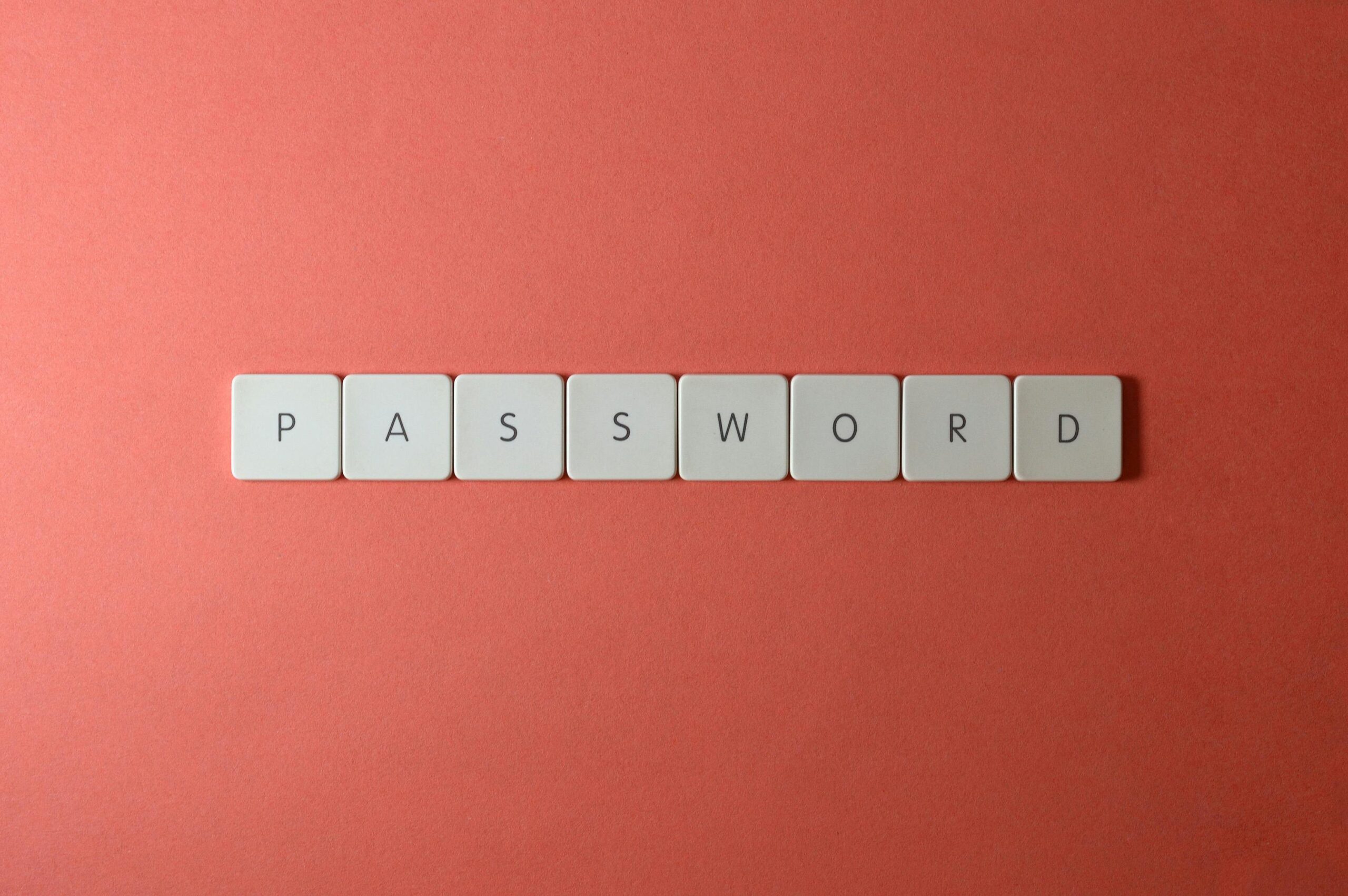In today’s digital age, passwords are the keys to our online lives. Protecting your personal information is more important than ever, and regularly updating your passwords is a crucial step in safeguarding your online accounts. But how often should you change your password? And how can you create strong, memorable passwords that keep your accounts secure? According to the National Institute of Standards and Technology (NIST), there are no benefits to regularly changing your password, and it might even be counterproductive. However, there are some situations when you should change your password. In this article, we’ll explore the best practices for password management, including the use of password generators, storage solutions, and tips to help you remember to update your passwords at the right intervals.
How Often Should You Change Your Password?
The frequency with which you should change your password depends on a few factors, including the sensitivity of the information you’re protecting and your online behavior. Here are some general guidelines:
- Every 3 to 6 Months: For most home computer users, changing your password every 3 to 6 months is a good rule of thumb. This helps reduce the risk of your accounts being compromised due to data breaches or other security threats.
- After a Security Breach: If you receive notification that a service you use has experienced a data breach, change your password immediately, even if it hasn’t been 3 to 6 months.
- When Sharing Access: If you’ve shared your password with someone and no longer want them to have access, change it as soon as possible.
- If You Suspect Compromise: Anytime you suspect your account may have been accessed without your permission, update your password immediately.
How to Create a Strong Password
Creating a strong, unique password is essential to keeping your accounts secure. Here are some tips to help you craft a robust password:
- Use a Mix of Characters: Combine upper and lower case letters, numbers, and special characters (e.g., !, @, #, $) to create a complex password.
- Avoid Common Words: Don’t use easily guessable words or phrases like “password,” “123456,” or your name. Instead, opt for a random combination of words or a passphrase.
- Length Matters: Aim for at least 12-16 characters. Longer passwords are generally more secure and harder to crack.
- Don’t Reuse Passwords: Each of your online accounts should have a unique password. Reusing passwords across multiple sites increases your risk if one account is compromised.
- Use Passphrases: Consider using a passphrase, which is a sequence of random words strung together, such as “PurpleRainCoffeeCup42!” This is easier to remember but still secure.
The Role of Password Generators and Storage Solutions
Using password managers and generators can significantly improve your password security. Here’s how they can help:
Password Generators
What They Do: Password generators create strong, random passwords for you. These passwords are typically long, complex, and difficult to guess, making them much more secure than anything you might come up with on your own.
When to Use:
- When setting up a new account.
- When updating passwords after a security breach.
- When you struggle to come up with a strong password on your own.
Password Managers
What They Do: Password managers store all your passwords in an encrypted vault, so you only need to remember one master password. This makes it easier to use unique, complex passwords for every account without the burden of memorizing them all.
Benefits:
- Convenience: Automatically fill in login credentials for websites and apps, saving time and reducing the risk of entering the wrong password.
- Security: Many password managers offer features like password health checks, breach alerts, and two-factor authentication (2FA) integration.
- Cross-Device Access: Access your passwords securely across multiple devices, making it easier to manage your accounts whether you’re on your computer, phone, or tablet.
Tips to Remember to Change Your Passwords
Remembering to change your passwords regularly can be challenging. Here are some strategies to help you stay on top of it:
- Set Calendar Reminders: Use your digital calendar to set reminders every 3 to 6 months to update your passwords. Make it a part of your routine, just like changing the batteries in your smoke detectors.
- Use Password Manager Alerts: Some password managers offer alerts when it’s time to change a password. Enable these notifications to ensure you stay on track.
- Associate Password Changes with Major Events: Tie your password updates to significant dates, like the start of a new season or your birthday, making it easier to remember.
- Rotate Password Updates: Rather than changing all your passwords at once, update a few each month. This spreads out the task and makes it less overwhelming.
Conclusion
Regularly updating your passwords is a simple yet effective way to protect your online accounts from unauthorized access. By creating strong, unique passwords and utilizing tools like password generators and managers, you can enhance your security while reducing the burden of remembering multiple passwords. Set reminders, use available tools, and stay vigilant to ensure your digital life remains secure.
Keywords: password security, change password frequency, strong passwords, password generators, password managers, online security, home computer user, password reminders.
For more articles like this one, click here.
